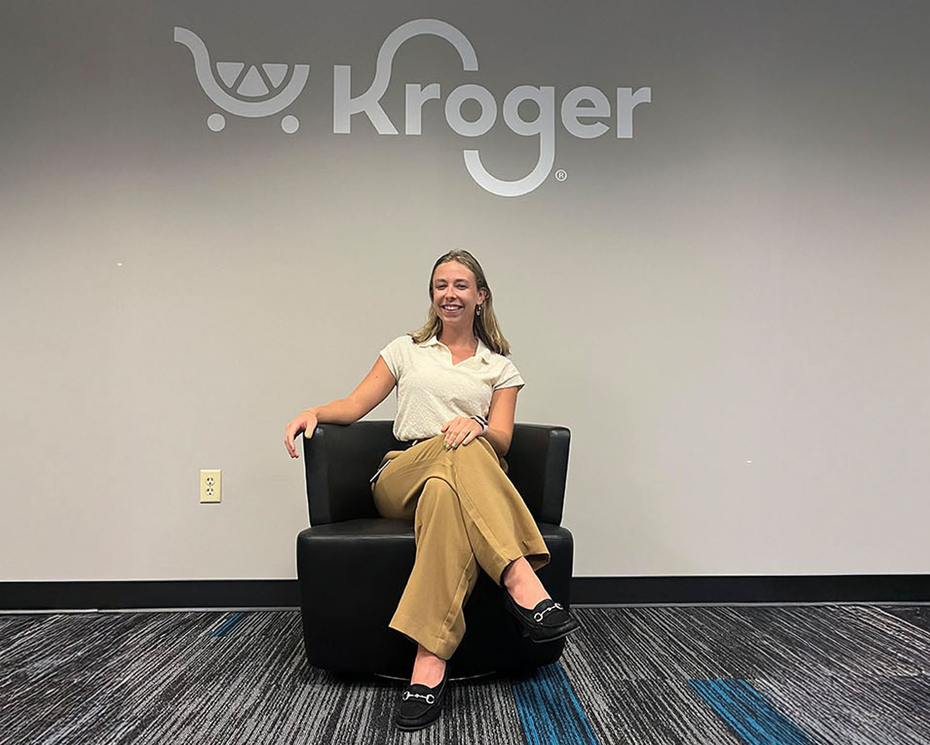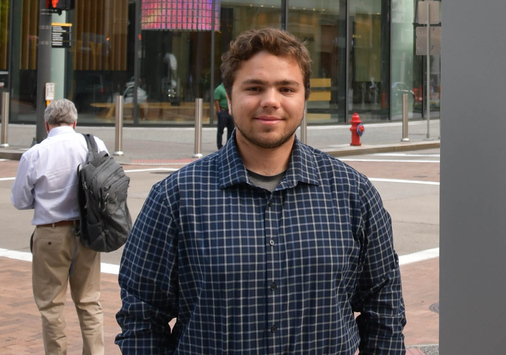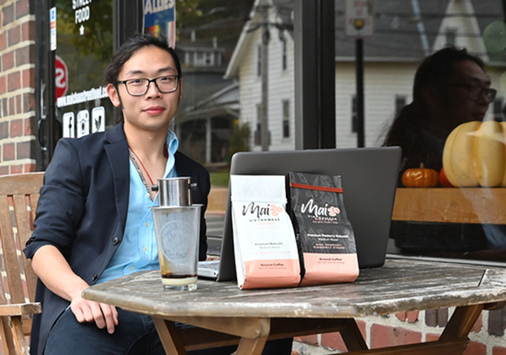Today’s labor shortage has many roots: early retirement, fear of COVID, inability to access child care among them. In a Columbus Dispatch article, Professor of Economics Fadhel Kaboub makes the case that there are opportunities to bring more people into the labor pool.
But the pool of potentially eligible workers could be expanded to include the 3.9 million people who are working part-time because their hours have been reduced or they are unable to find full-time work, according to federal data. There were also 5.7 million workers not counted as being in the labor force but yet currently want a job.
There are also people with disabilities or criminal records who struggle to find work, he said.
“The longer you’re unemployed the more likely you are not to be hired,” he said.
A multiprong approach needs to be taken to bring more people into the labor force that address issues such as training, housing, access to transportation, counseling for those with alcohol or drug addictions, help for high school dropouts and help bringing people back to work who have been in prison, he said.
“Otherwise, they’re coded as unemployable,” Kaboub said.














